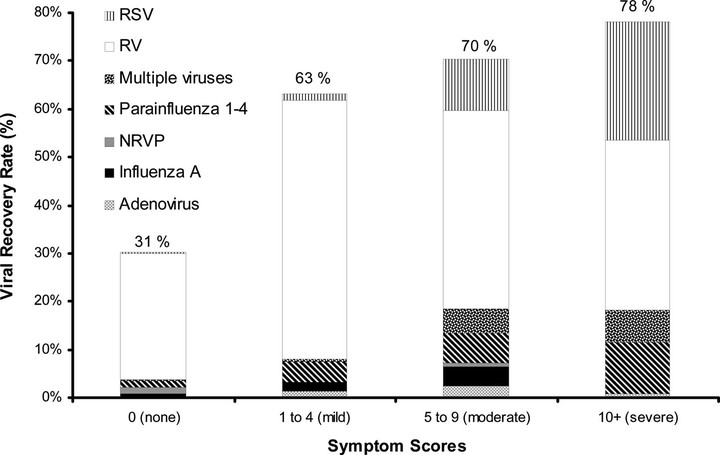Viral infections, cytokine dysregulation and the origins of childhood asthma and allergic diseases

Abstract
BACKGROUND: The origins of asthma and allergic disease begin in early life for many individuals. It is vital to understand the factors and/or events leading to their development. METHODS: The Childhood Origins of Asthma project evaluated children at high risk for asthma to study the relationships among viral infections, environmental factors, immune dysregulation, genetic factors, and the development of atopic diseases. Consequently wheezing illnesses, viral respiratory pathogen identification, and in vitro cytokine response profiles were comprehensively evaluated from birth to 3 years of age, and associations of the observed phenotypes with genetic polymorphisms were investigated. RESULTS: For the entire cohort, cytokine responses did not develop according to a strict T helper cell 1 or T helper cell 2 polarization pattern during infancy. Increased cord blood mononuclear cell phytohemagglutin-induced interferon-gamma responses of mononuclear cells were associated with decreased numbers of moderate to severe viral infections during infancy, especially among subjects with the greatest exposure to other children. In support of the hygiene hypothesis, an increased frequency of viral infections in infancy resulted in increased mitogen-induced interferon-gamma responses at 1 year of age. First year wheezing illnesses caused by respiratory viral infection were the strongest predictor of subsequent third year wheezing. Also, genotypic variation interacting with environmental factors, including day care, was associated with clinical and immunologic phenotypes that may precede the development of asthma. CONCLUSIONS: Associations between clinical wheezing, viral identification, specific cytokine responses and genetic variation provide insight into the immunopathogenesis of childhood asthma and allergic diseases.